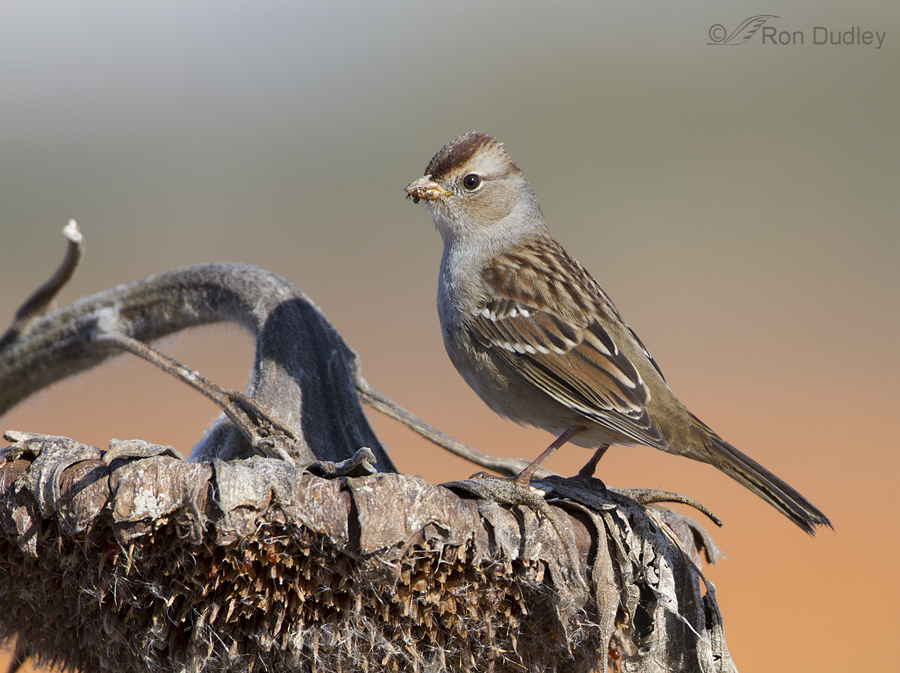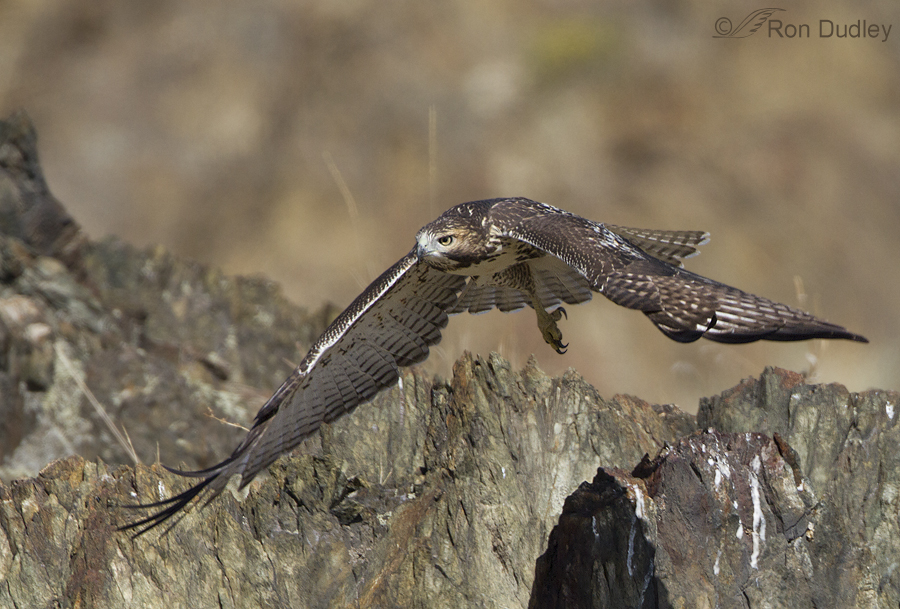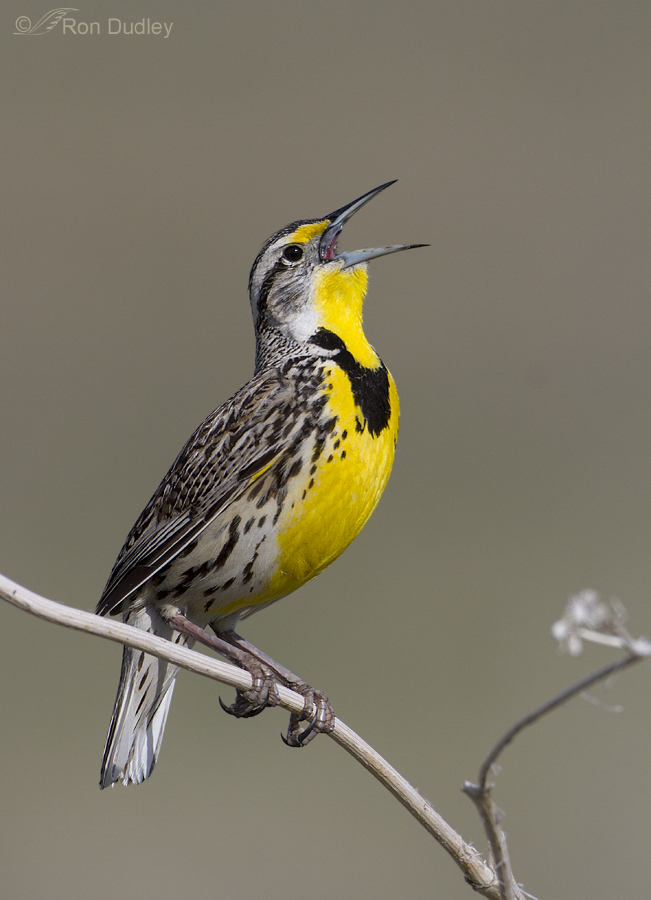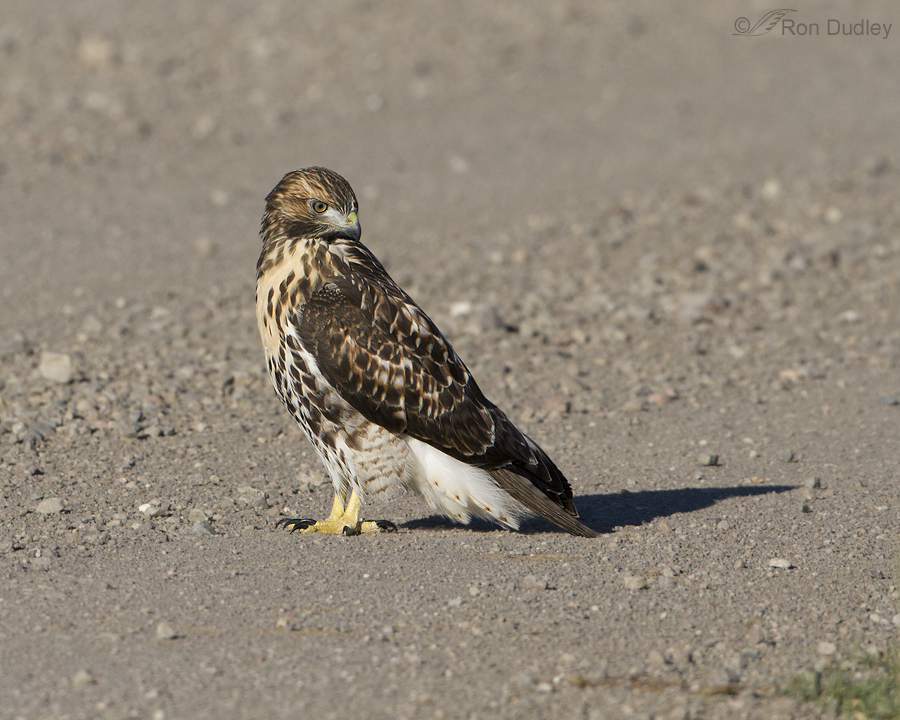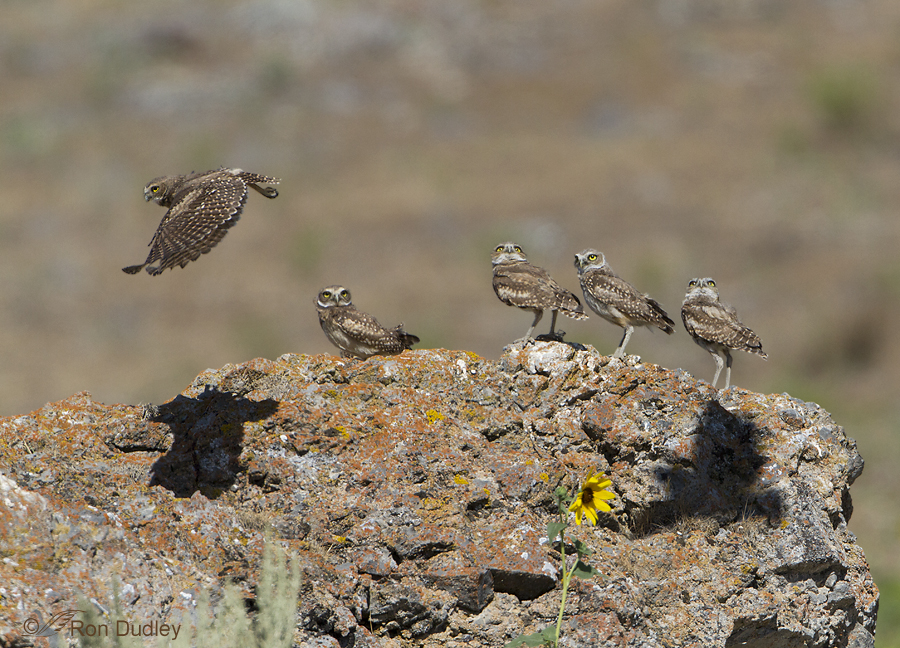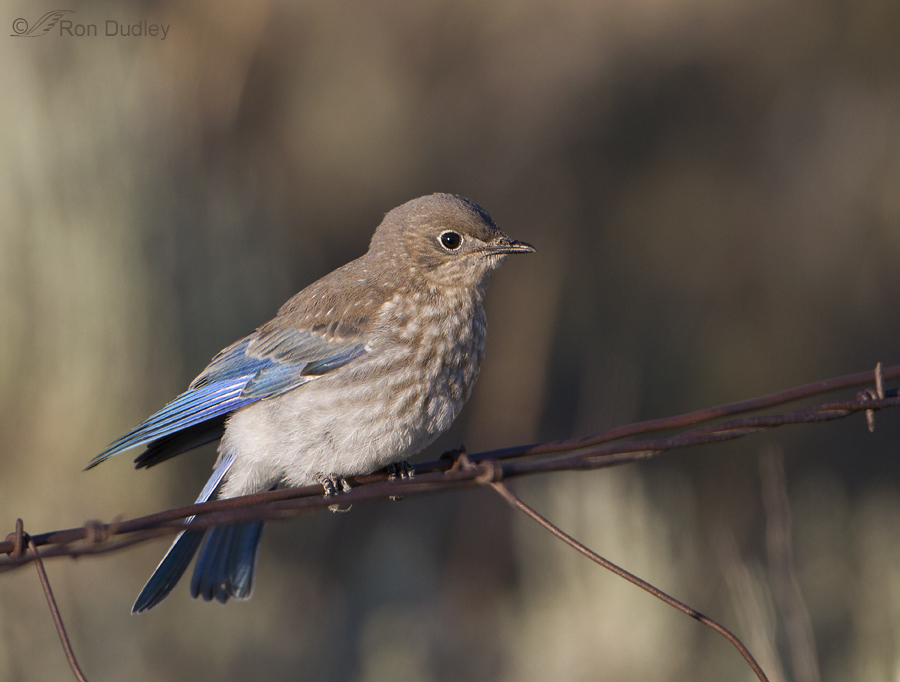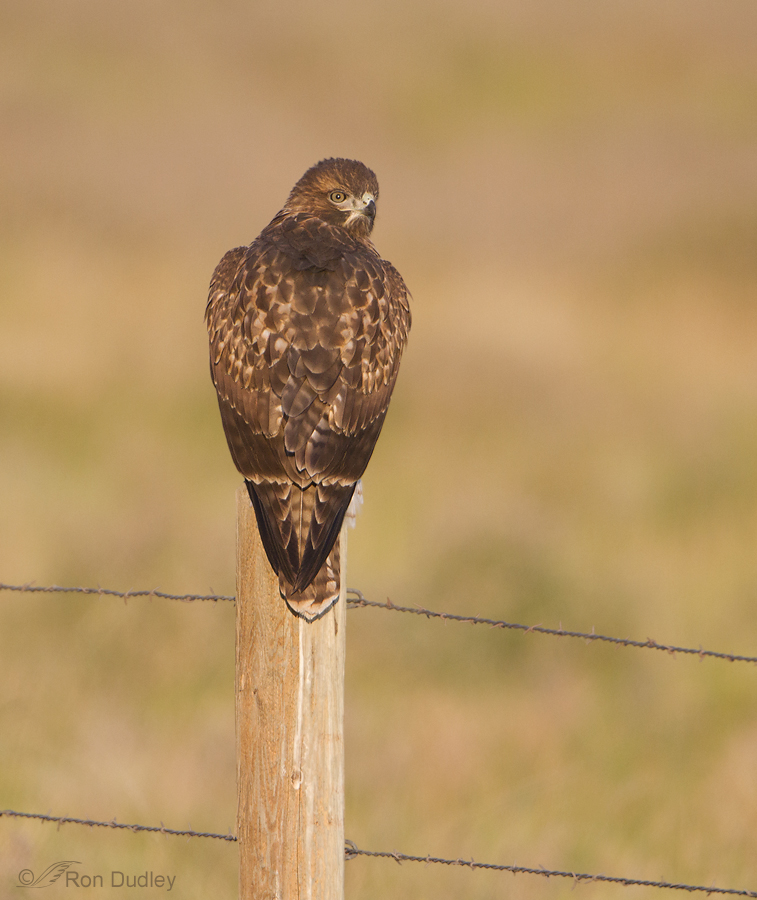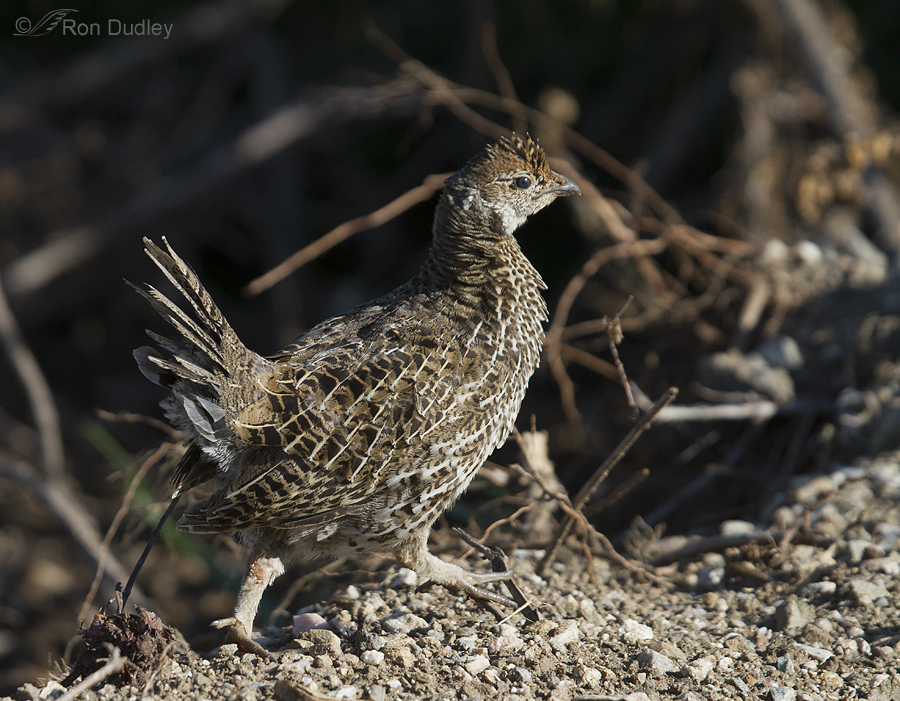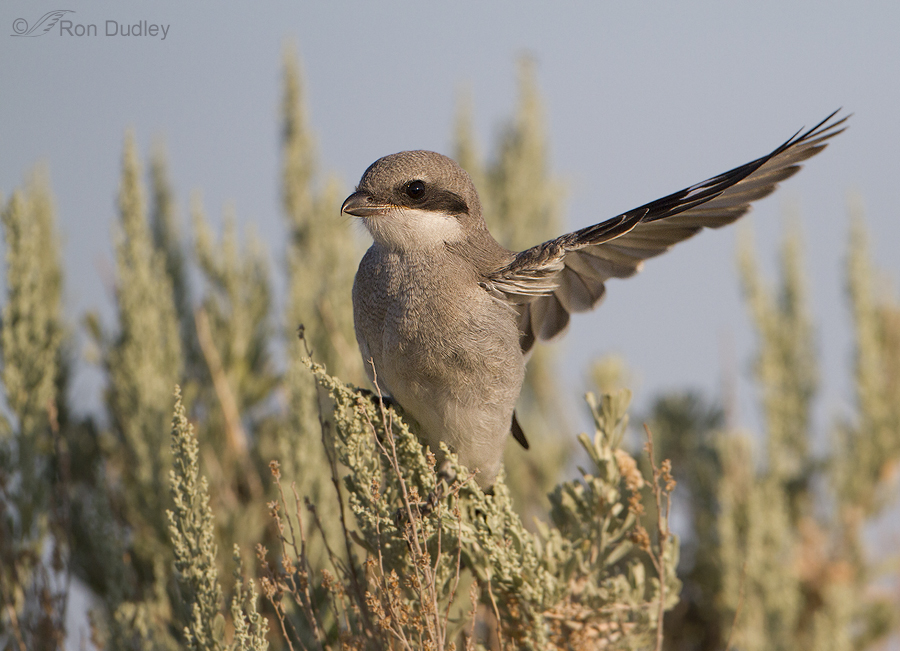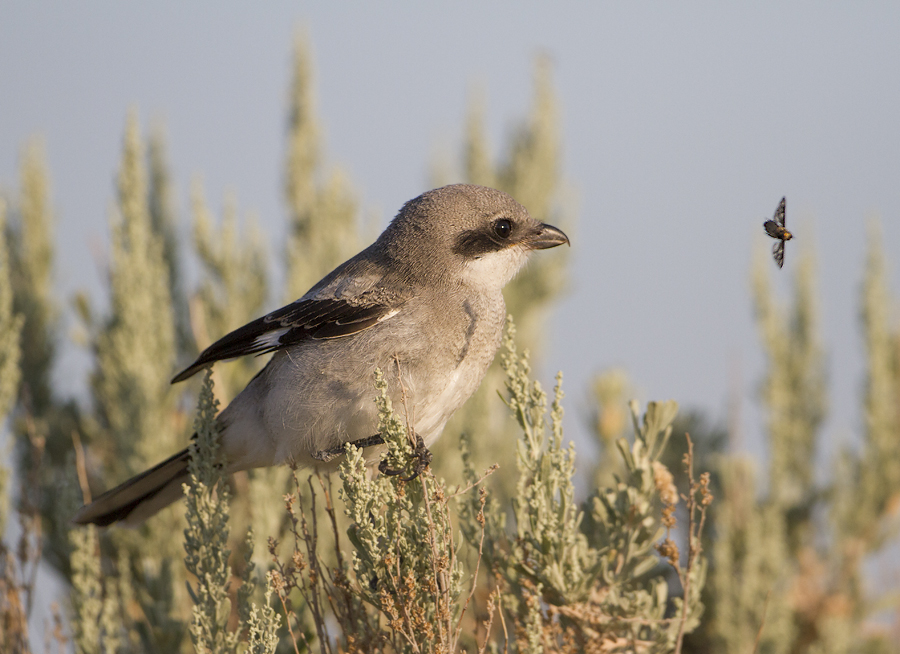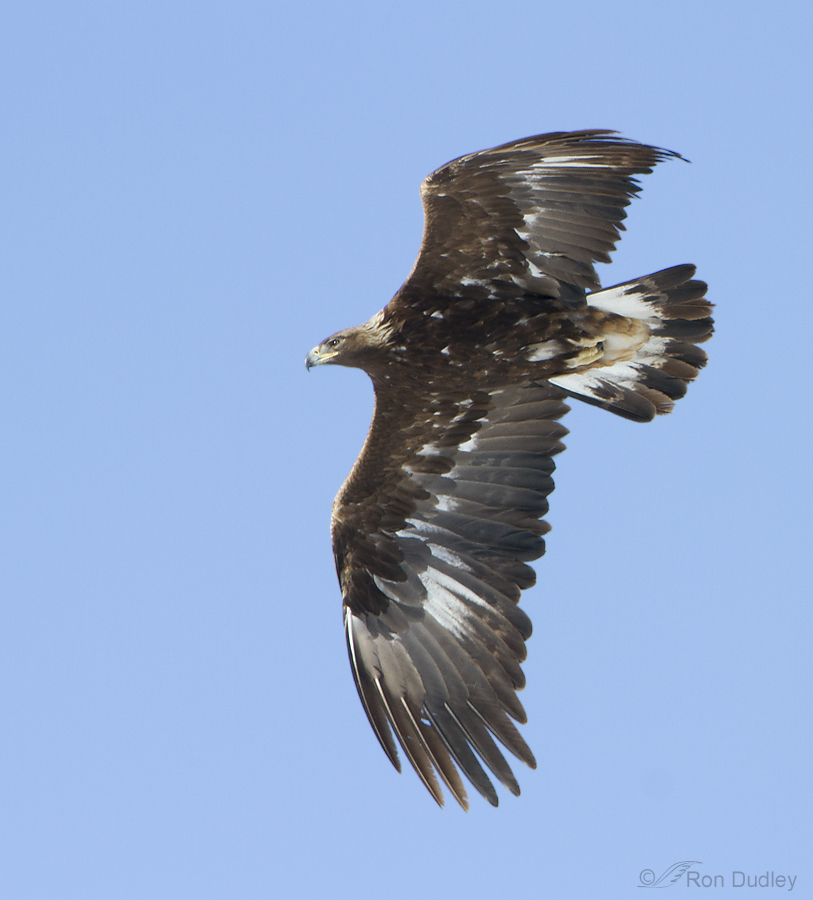The antics of Burrowing Owls are always entertaining but “personality” simply oozes out of the juveniles. 1/400, f/8, ISO 500, 500 f/4, 1.4 tc, natural light, not baited, set up or called in This youngster had recently fledged and had begun to do a little exploring. On this early morning I found it on this perch just after sunrise. Thus was further away from the burrow than I’d seen any of the juveniles up to that point. 1/400, f/8, ISO 500, 500 f/4, 1.4 tc, natural light, not baited, set up or called in Within just a few minutes it gave me a variety of interesting poses – first an enthusiastic yawn… 1/500, f/8, ISO 500, 500 f/4, 1.4 tc, natural light, not baited, set up or called in and then long and drawn out wing stretch with left foot extended… 1/500, f/8, ISO 500, 500 f/4, 1.4 tc, natural light, not baited, set up or called in which concluded with the wing down and partially hidden behind the rock. Soon after this shot was taken the bird flew back to the comfort and security of the burrow and the rest of its family. Ron
Continue reading
